I spend a lot of time at the beach with my camera. Whether it’s photographing a long exposure sunrise or sunset, shooting portrait sessions, or hanging out with friends and family, my camera bag always seems to have sand in the pockets!
With summer fast approaching, you might be considering packing up your car and heading to the closest shore. And of course you are going to want to bring your camera along to capture the adventures!
But how do we protect our gear from the sand, water, and sun? Here are some tips for keeping your gear safe so that you can capture every sun soaked memory!

Come prepared with the right tools
Like a good Girl Scout, I am always prepared. My camera bag is full of wet wipes, a rocket blower, a Lenspen, extra microfiber towels, and a silica packet.
These tools allow me to quickly and efficiently address any immediate issues that I might run into with sand or water. Wet wipes let me keep things that might come into contact with my camera (like hands!) clean. The rocket blower puffs away any abrasive elements to avoid scratches. The Lenspen and microfiber towels keep lens glass clean without streaks. And the silica packet absorbs moisture from inside my bag. I also pack a waterproof picnic blanket to have a safe place to set my bag.
Taking extra stuff (when you are already toting towels and sunscreen and all of the other beach essentials) might seem like a drag. But these tools are relatively small and make all the difference between capturing the beach fun and having photographic emergency.
must haves
OUR BEACH PHOTOGRAPHY ESSENTIALS

This little kit has everything you need to keep your gear clean and safe at the beach! With a rocket blaster, cleaning pen, microfiber cloths, and brush, you can safely remove water, sand, and sea salt.
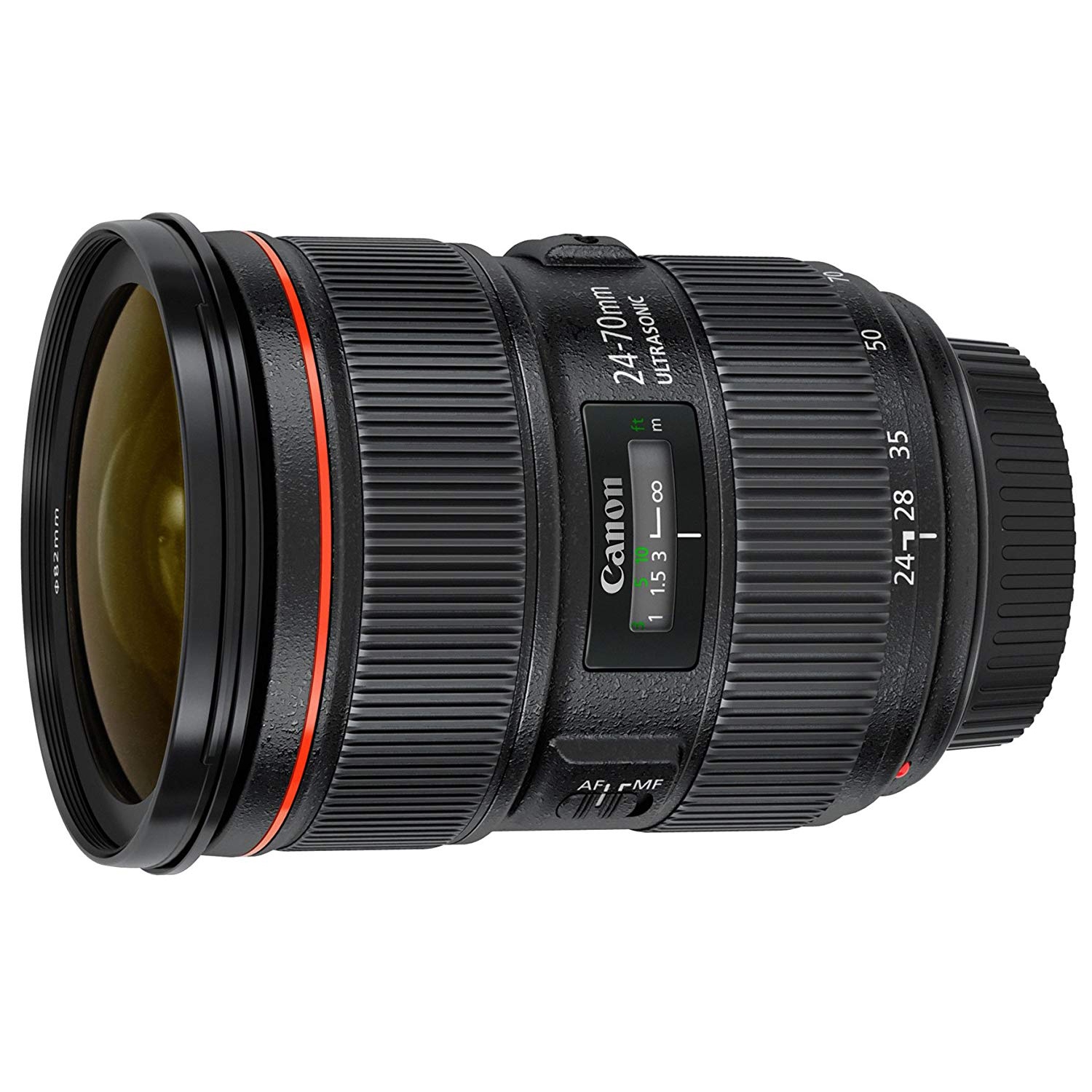
A versatile lens (like the 24-70mm that Jennifer loves) will minimize lens changes and keep sand and water out of the internal elements of your camera.
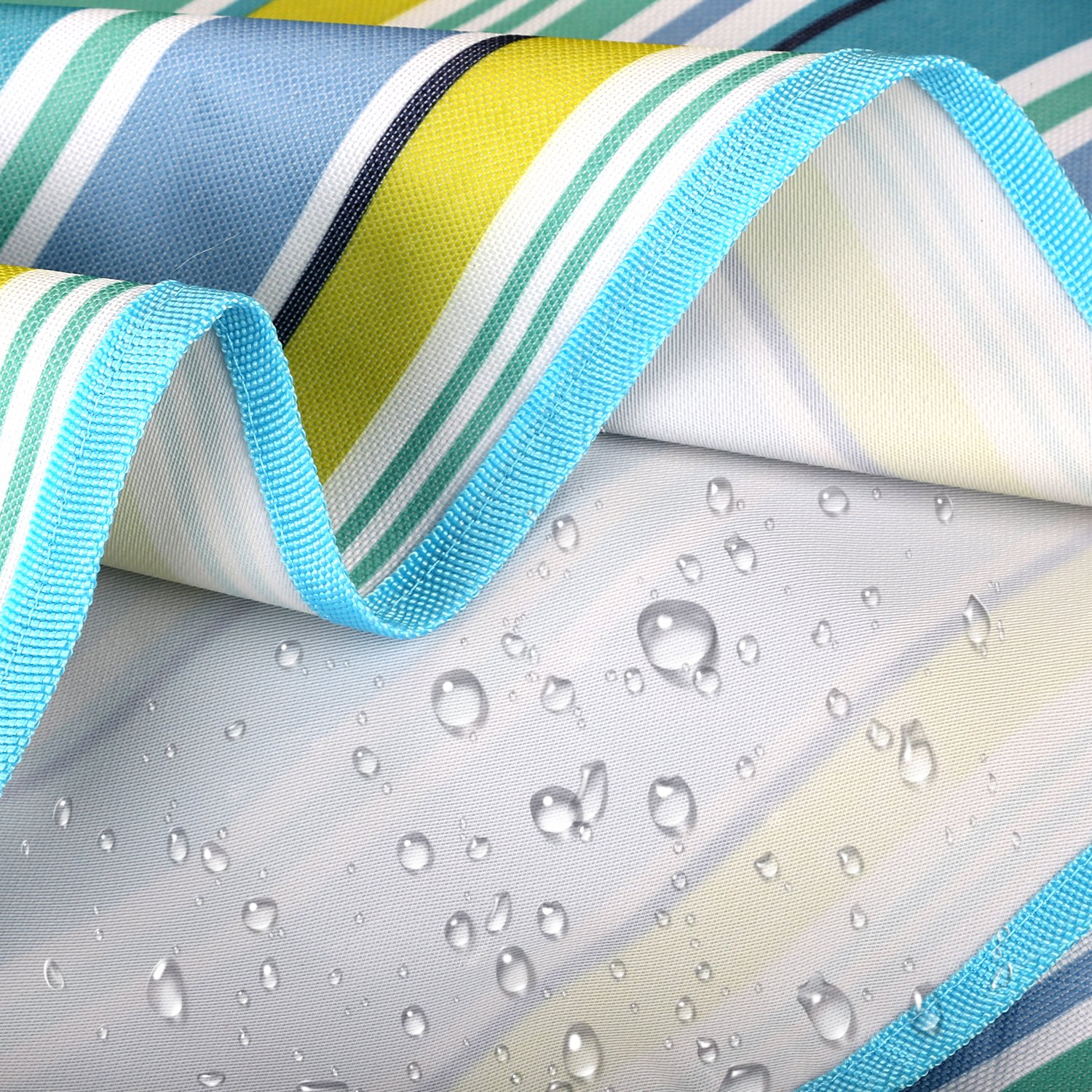
Waterproof beach blanket
We love this beach blanket as it protects your gear from sand and water when you can’t attend to it. Even better, it folds up nice and small so that it doesn’t add to much bulk to your bag as you head to the shore!
Minimize lens changes
Changing lenses can introduce sand or sea spray to a camera’s sensor which can cause long term damage. Choosing a versatile lens and sticking to that as long as possible is key to avoiding disaster.
When I must change lenses while at the beach, I take extra precautions. I only swap lenses out of the wind and try not to expose the sensor to the open air for longer than necessary.
In the same vein, try not to open the memory card or battery compartments. You want to avoid getting sand or water into any of the internal elements of your camera as this can cause permanent damage.

Consider waterproof housing
I love taking my camera into the water and shooting. You can start with an inexpensive waterproof housing for a point and shoot, a GoPro, or even your phone. If you love the results, you can always upgrade to a more custom housing for your big camera.
I invested in a Fantasea housing for my Sony a6500. I chose a dome port to allow a wider field of view and better opportunity for split shots (half underwater half overwater).
Always test your waterproof housing at home without your camera inside to be sure that the seals are working correctly!
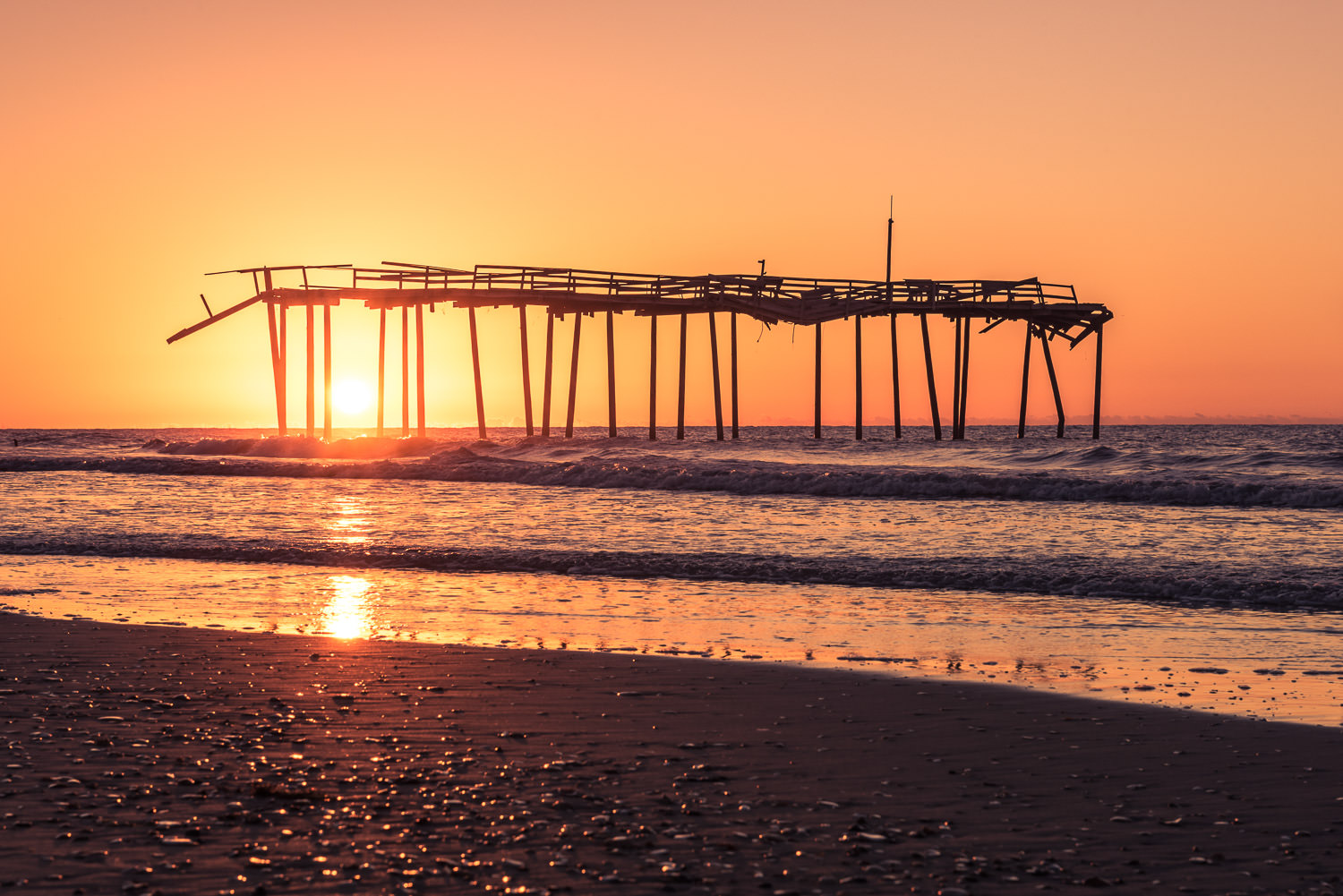
Keep cool in the shade
Electronic equipment should be kept cool. Your camera is no exception.
When not in use, I keep my camera under the shade of an umbrella and in my bag. When shooting for long stretches of shooting in open sun, be sure to give your camera a break in the shade to cool off.
Continuous shooting mode and video work can cause your camera to heat up even more. Be mindful of how long you have had your camera working hard out in the sun to avoid a meltdown!
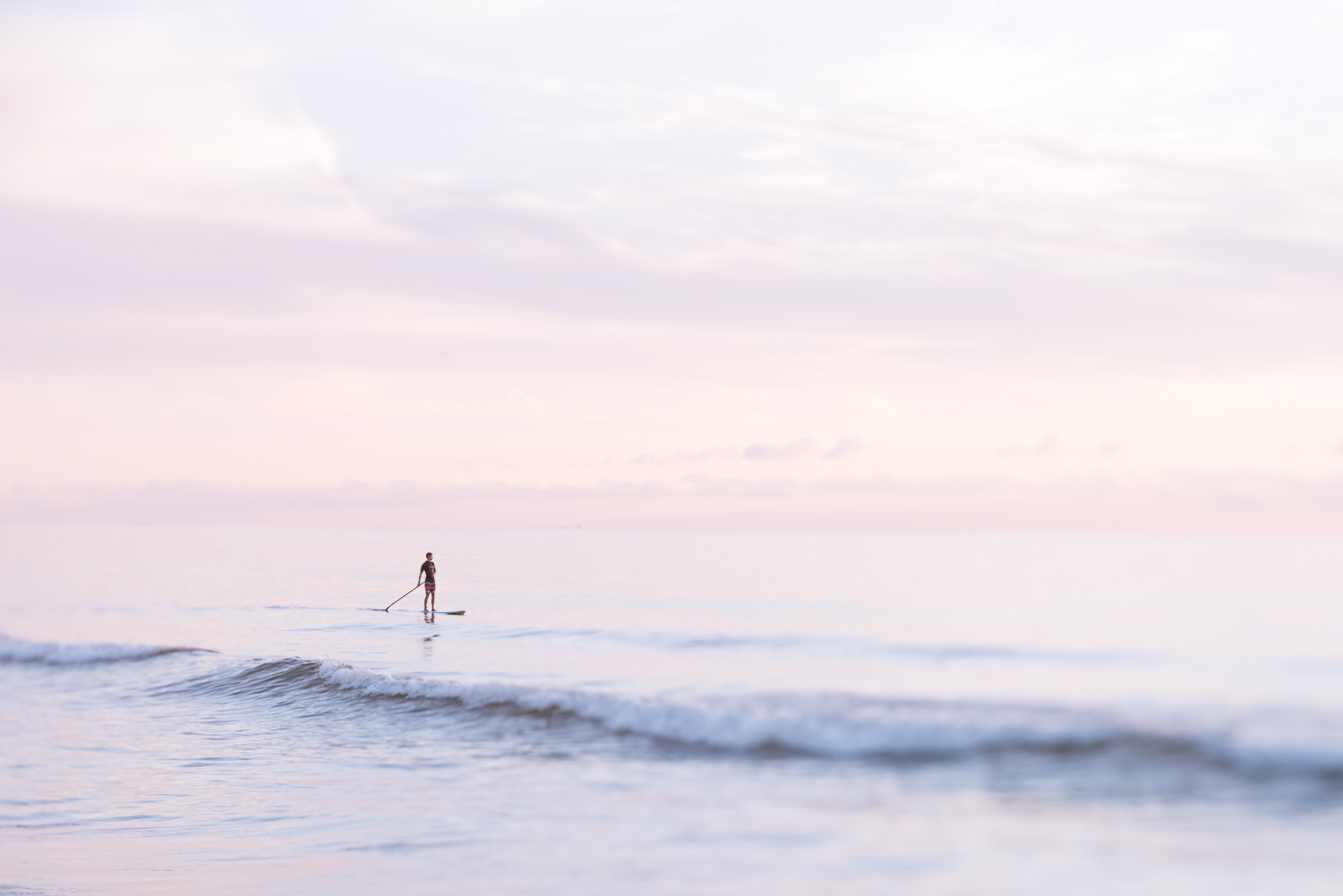
Wash your hands
I bring along an extra bottle of fresh water to be sure that I am able to wash my hands after applying sunscreen or swimming. You don’t want to touch your camera with hands that are covered in damaging oils or sea salt!
A quick rinse with fresh water followed by wet wipes does the trick. Be sure to fully dry your hands before handling your camera to avoid water damage!

Keep it clean
After a day at the beach, I always wipe down my camera and lenses with a soft, damp cloth. Sea spray is often invisible and can leave behind a film which can lead to corrosion if not cleaned.
I use a Lenspen to gently brush off any sand that might have snuck into the cracks. I blow off my sensor with a rocket blower.
If used, my tripod gets a rinse from the hose and I do my best to remove sand from the legs using a brush.
These simple extra steps ensure that nothing damages your gear over time and that everything is clean and ready to go when it’s time for the next shoot.
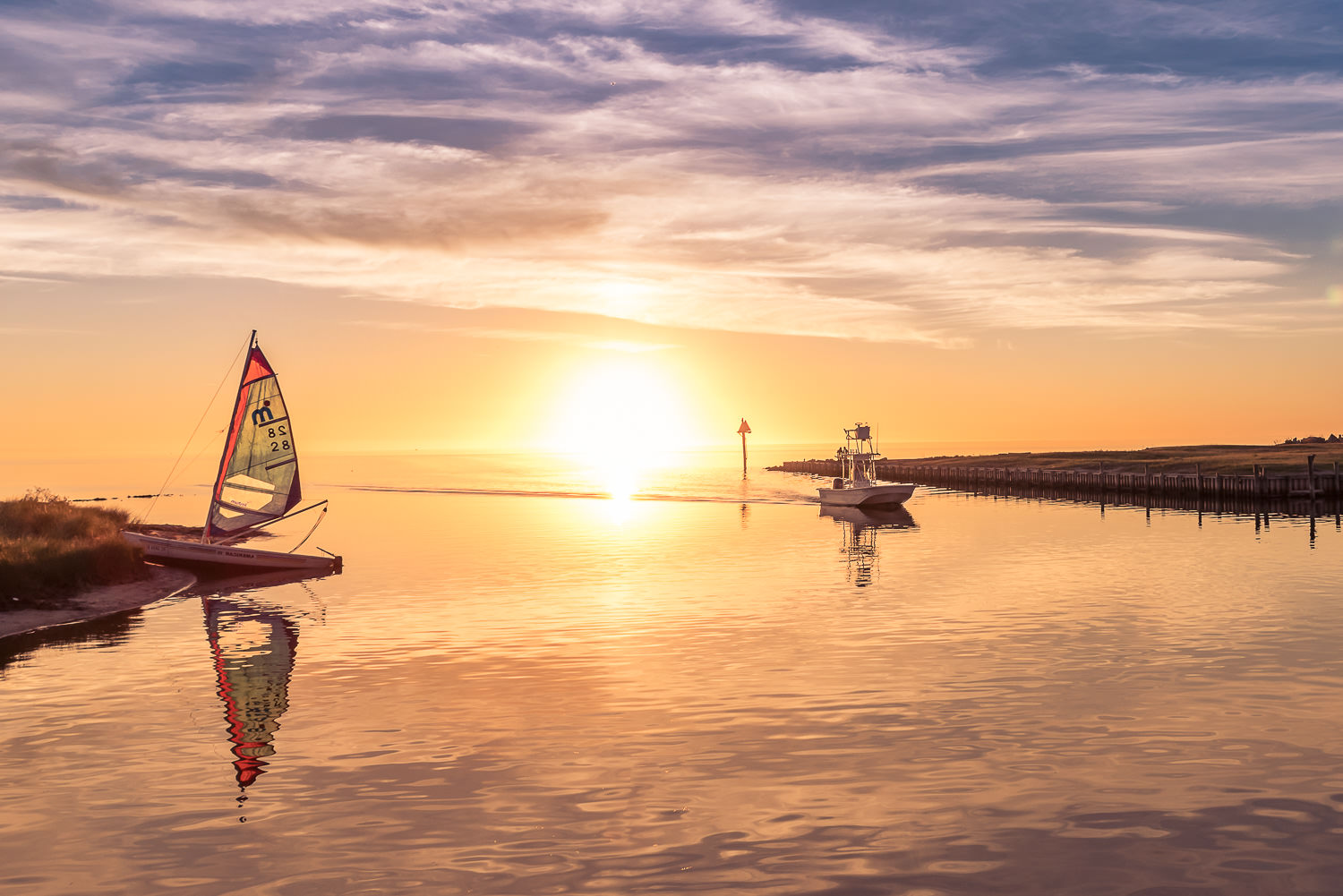
Have accident insurance
As added assurance, my camera and lenses are all insured against accidental damage. As a business owner, I purchased an insurance policy to cover this. However, hobbyists often can simply add their gear to their homeowner’s policy.
Most insurance policies will cover accidental water and impact incidents. While no one likes to think about it, this extra cushion allows you the confidence of capturing those summer memories with the assurance that you are covered in case of an accident.
Shooting at the beach should be fun, not stressful! Following these tips will ensure you are able to document those summer day memories for years to come.

The post How to keep your camera safe at the beach this summer appeared first on Clickin Moms blog: Helping you take better pictures one day at a time.
Clickin Moms blog: Helping you take better pictures one day at a time







